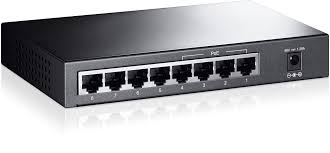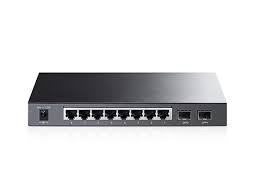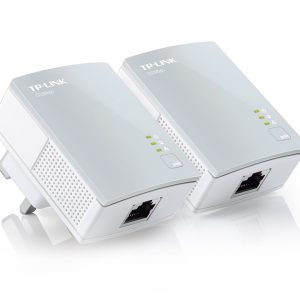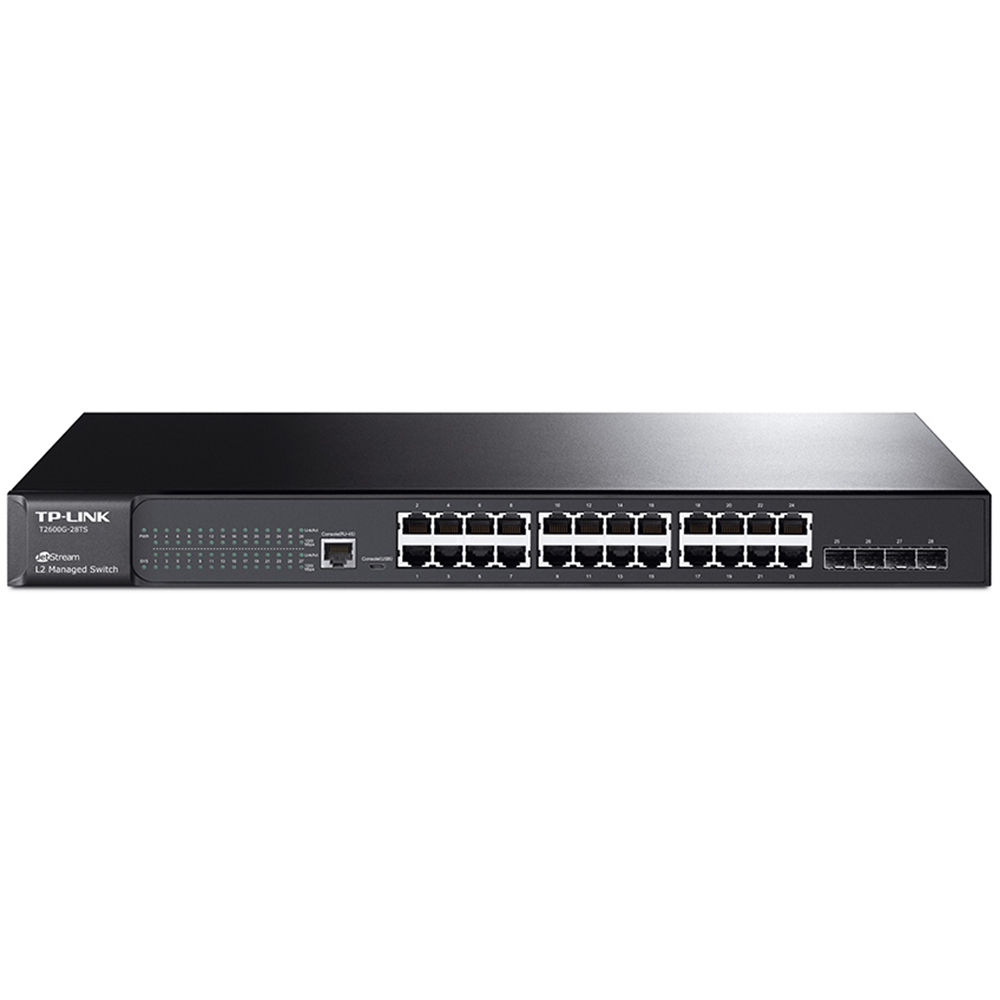5 GHz, LigoWave, Networking, Point to Point/multi point
LigoWave LigoDLB 5-90ac CPE 5.8Ghz PTP
Availablity: Out of stock
€401.07
Out of stock
CompareA 5GHz Base Station with 802.11n and an 18dBi 90° Sector Antenna for Short-to-Mid Range PTP/PTMP Scenarios
LigoDLB 5-90
Highlights:
- 5.150 – 5.850 GHz (FCC 5.150 – 5.250 and 5.725 – 5.850 GHz)
- 80,000 PPS
- 170 Mbps capacity
- High output power 29 dBm radio
- Integrated 18 dBi dual-polarized 90 degree sector antenna
- Powerful OS
- Smart polling data transmission protocol (iPoll 3)
- Meets IP – 65 certification
- Free WNMS (WNMS – Wireless Network Management System)
- Responsive HTML 5 based GUI
- Wall and pole mounting option

New Hardware platform
Powerful new generation CPU ensures better
performance delivering higher up to 170 Mbps capacity and almost 2 X
higher packet per second rate (80000). Narrow (5 and 10 MHz) channel
support ensures steady performance in noisy environments. More RAM
improves the performance with multiple users connected to a single
base-station and larger flash stores a 2nd failover firmware image.
performance delivering higher up to 170 Mbps capacity and almost 2 X
higher packet per second rate (80000). Narrow (5 and 10 MHz) channel
support ensures steady performance in noisy environments. More RAM
improves the performance with multiple users connected to a single
base-station and larger flash stores a 2nd failover firmware image.
Integrated surge protection
3 kV line to
ground and 1 kV line-to-line protection allows operating in a harsh
weather conditions and unstable electrical installations.
ground and 1 kV line-to-line protection allows operating in a harsh
weather conditions and unstable electrical installations.

LigoWave OS
LigoWave OS contains all of the essential features for establishing
fast, strong, and reliable PTMP networks. The LigoWave OS includes IPv6
Bridge & Router Support, SSDP & Bonjour Device Discovery
Options, Flexible Traffic Shaping, DHCP Option 82, and more. The user
interface is built on HTML5 with responsive design.
fast, strong, and reliable PTMP networks. The LigoWave OS includes IPv6
Bridge & Router Support, SSDP & Bonjour Device Discovery
Options, Flexible Traffic Shaping, DHCP Option 82, and more. The user
interface is built on HTML5 with responsive design.

iPoll 3: Enhanced Performance Protocol
LigoWave’s iPoll™ PTMP (Point-to-Multi-Point) proprietary protocol is
an innovative solution, eliminating transmission congestion and
close-cluster interference created in wireless PTMP installations.
an innovative solution, eliminating transmission congestion and
close-cluster interference created in wireless PTMP installations.
Hotspot scenario support
Starting from v7.52 Infinity firmware image can
be used on a LigoDLB series devices for the outdoor hotspot and other
related applications. After the firmware upgrade DLB devices are
converted into access points for outdoor hotspot networks and will lose
the functionality of point-to-point or point-to-multipoint connectivity.
be used on a LigoDLB series devices for the outdoor hotspot and other
related applications. After the firmware upgrade DLB devices are
converted into access points for outdoor hotspot networks and will lose
the functionality of point-to-point or point-to-multipoint connectivity.









